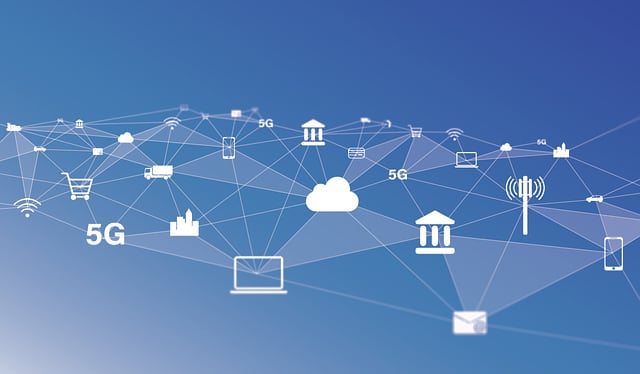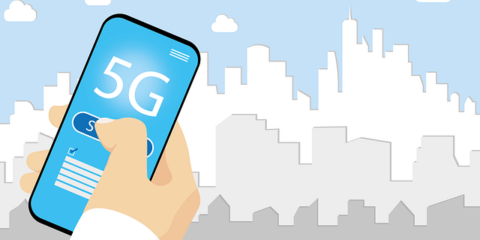1. Higher frequency and faster speed.5G technology uses a millimeter-wave frequency band with higher frequencies and can achieve faster speeds, with a theoretical peak of up to 10 Gbps, more than 100 times faster than 4G’s 100Mbps.
2. Connect with lower latency. The signaling interaction latency of 5G networks can be as low as 1 millisecond, significantly lower than the 70 milliseconds of 4G, which means more real-time connectivity.
3. More connection density. The number of antennas in 5G base stations can reach several hundred, which can connect at least one million devices at the same time, 10-100 times higher than 4G connectivity. This makes 5G networks more suitable for scenarios such as the Internet of Things and the Internet of Vehicles.
4. With the network slicing function.5G network has the capability of a software-defined network, which can slice network resources according to different services and users to achieve more accurate resource control and quality assurance.
5. Support for more new technologies. The deep integration of 5G with new technologies such as cloud computing, AI, AR / VR, and big data can enable more innovative applications. And 4G is mainly aimed at the mobile Internet.
6. Architecture is more software-defined. 5G network has a cloud-native architecture, the core network components function software, more flexible and cloud integration, and convenient and rapid deployment of new services.4G network is slower to upgrade than hardware customization.
7. Higher security.5G supports more security mechanisms in the original standards, which can prevent more potential security threats.
Therefore, generally speaking, 5G significantly exceeds 4G technology in terms of faster speed, lower latency, more connections, more flexible slices, and deeper fusion, which is a major leap forward in the development of mobile communication.







